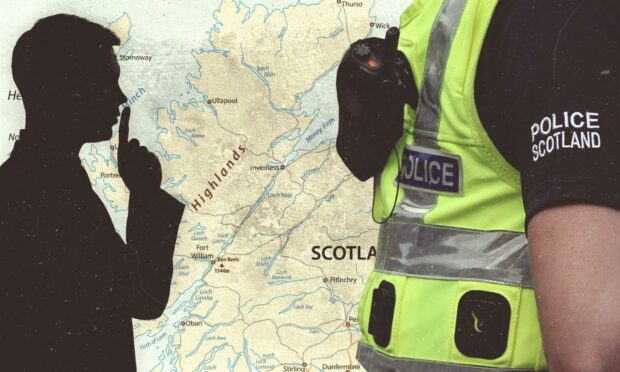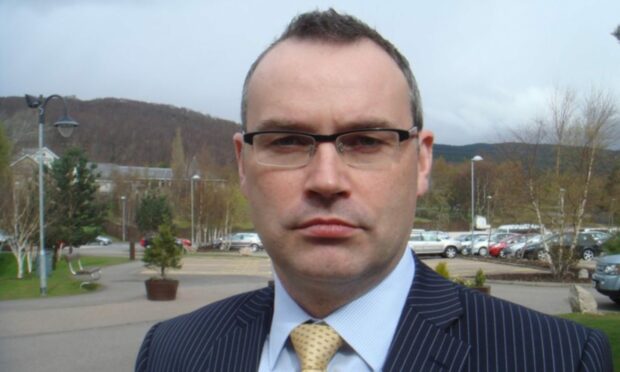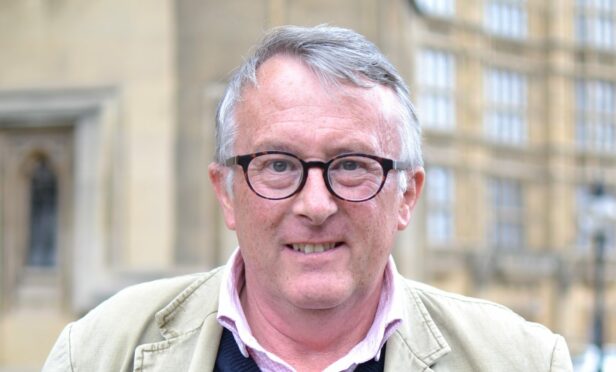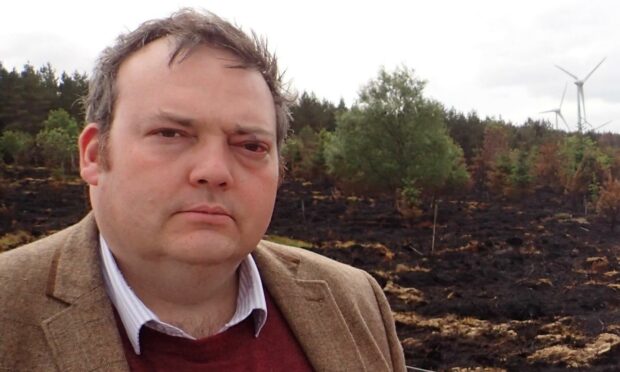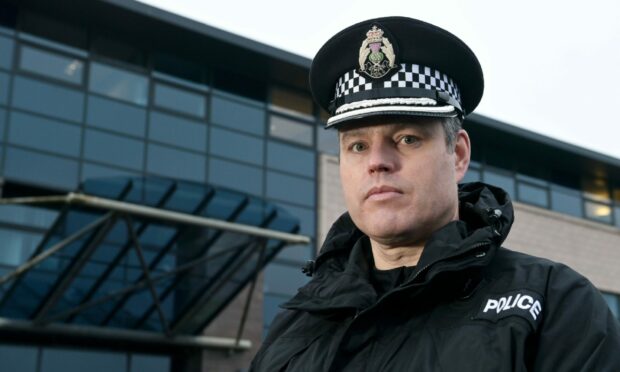Police chiefs have been accused of “hiding” the true scale of cuts to officer numbers in swathes of the Highlands and Islands after repeatedly insisting local figures must be kept secret.
The force claimed they could not publicly reveal the number of police officers currently covering counties such as Sutherland, Caithness and Ross-shire because doing so could lead to a rise in “attacks” on frontline staff and an increase in serious crime.
But the Scottish Police Federation (SPF), which represents officers, branded the excuse “spurious nonsense”.
SPF general secretary Calum Steele said the failure of the police to be upfront about its resources in rural areas suggested they had “something to hide”.
Official data shows there were 652 local officers in the Highlands and Islands at the end of December last year, which is higher than the contingent of 632 when Police Scotland was created in 2013.
But the location of these officers has changed after chiefs shut 28 local stations during the same period, including many in more rural areas.
It has left questions over the level of cover in large parts of the region.
We asked the force three times, under freedom of information (FOI) laws, to release a breakdown of staffing levels in the Highlands and Islands.
The latest bid for the information simply sought figures for officer numbers in each county.
But all of the requests have been refused on the grounds that providing the data could jeopardise officer safety and be used by criminals.
“The disclosure of the information requested may have the potential to increase the number of attacks on operational police officers by those being arrested or who have committed crime or who are involved in disorder,” the latest response said.
It added: “It would allow criminals to plan how best to engage or occupy existing police resources in an effort to maximise their chances of committing serious crime, therefore harming the efficient and effective conduct of the service.”
‘No logical reason’ behind refusal
But Mr Steele dismissed the reasoning, saying the number of police officers working in most rural communities will already be publicly known in the local area.
“The very fact that the police service takes this approach suggests that there is something to hide,” he said.
“The officer safety argument is spurious nonsense, given that the knowledge of the number of police officers in certain locations is absolutely known to the communities that live and work there.
“There is no logical reason for the police service to not give this information, other than the fact that they are hiding that there has been a significant reduction in police resources in our remote and rural communities.”
Liberal Democrat MP Jamie Stone has had several station closures in his Caithness, Sutherland and Easter Ross constituency in recent years.
He said: “The SNP promised that their disastrous centralisation of Scottish policing would bring cost savings. Instead, officers have disappeared from Highland communities.
“If policing is to be effective, public confidence is crucial, and anything the government does to undermine that confidence is completely counterproductive.”
Mr Stone added: “Telling people how many police there are based in the north of Scotland won’t embolden criminals, but slashing their numbers certainly will.
“The government should level with people about what has been going on.”
‘The government should level with people’
Under the Police Scotland structure, officer posts are split over three tiers – local, regional and national – with the 13 local divisions supported by specialist teams that operate across the country.
All 13 of the local divisions across Scotland lost officers last year, with 521 leaving in total.
At the same time, the ranks of national units were swollen by 360 personnel.
Jamie Halcro Johnston, Scottish Conservative MSP for the Highlands and Islands, said: “We know that under the SNP there has been a national shift away from local policing, and divisional officers are doing more admin than ever before.
“But because of how the figures are spun by the SNP government, the impact of this isn’t often obvious from high-level staffing figures.”
‘Policing has transformed’
Chief Superintendent Conrad Trickett said there were “operational” reasons for not publishing local breakdowns of the data.
“Police Scotland officers work in every community in the country every day to keep people safe,” he said.
“The nature of the threats we face is changing and policing has transformed alongside this to ensure I have access to the complete range of services I need to protect everyone in my division.
“This includes officers from our national specialist units who work in less visible, but no less vital, frontline roles to protect local communities, such as preventing and investigating serious and organised crime, cybercrime, and the abuse of children and vulnerable people.
“Each one of these crimes takes place in a local community or home.
“As well as access to all of these capabilities, I have the flexibility to move uniformed officers around as required and have a specific team who are tasked on a daily basis to provide responsive policing across the division.
“Officers numbers to divisional level are published every quarter, but we do not provide information below that level for operational reasons.”
